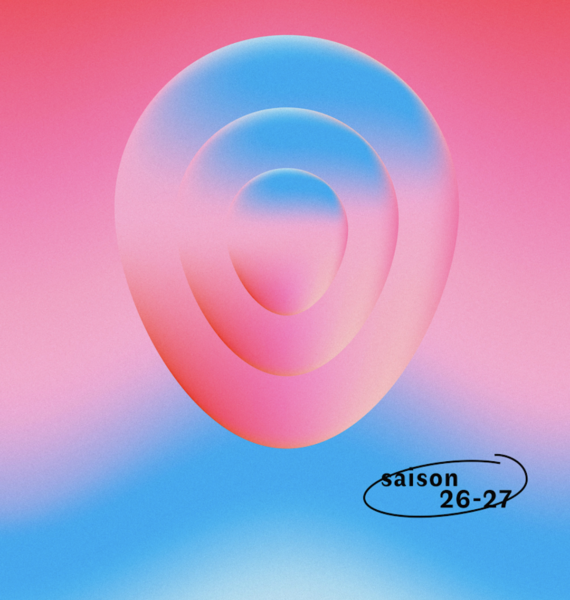
Appel à résidence – Mas Baudran
Le Mas Baudran, association engagée pour la préservation de la biodiversité en Camargue, ouvre sa seconde résidence artistique. Intitulée «…

Copenhagen Powered by Art
LAGI Design Competition for Copenhagen is now open for entries until May 18, 2014
The competition is free and open to everyone. She encourage designers, artists, engineers, architects, landscape architects, university students, urban planners, scientists, and anyone to enter who believes that the world can be powered beautifully and sustainably.
The Land Art Generator Initiative (LAGI), Refshaleøen Holding, and the IT University of Copenhagen have launched the third edition of this groundbreaking design competition with $20,000 IN PRIZE MONEY. The competition will culminate into a beautiful publication featuring the top 50 design solutions, an exhibition in Copenhagen at the Design Society in partnership with the Danish Design Centre in October of 2014, and the possibility of renewable energy sculptures built around Denmark.
Imagine a work of iconic public art on a grand scale situated in the backdrop to one of the most photographed places on the planet. And now imagine this work of art contributing clean electricity to the city grid equivalent to that consumed by hundreds or even thousands of homes. Each day—while walking below its beautiful spinning and swooping gestures of functional solar and wind harvesting armatures—visitors are being educated about emerging green technologies and getting inspired about the beauty of our sustainable future.
LAGI 2014 could not come to Copenhagen at a more opportune moment! As the city (the European Green Capital of 2014) moves towards carbon neutral status by 2025 the debate over the aesthetic manifestation and human interaction component of our new energy infrastructure is becoming increasingly important to the planning strategies required to attain zero-carbon sustainability goals. LAGI is delighted to be an event partner of Sharing Copenhagen, the official celebration of Copenhagen’s status of 2014 European Green Capital.
The Design Guidelines :
– Consist of a three dimensional sculptural form that has the ability to stimulate and challenge the mind of visitors to the site. The work should aim to solicit contemplation from viewers on such broad ideas as ecological systems, human habitation and development, energy and resource generation and consumption, and/or other concepts at the discretion of the design team;
– Capture energy from nature, convert it into electricity, and have the ability to store, and/or transform and transmit the electrical power to a grid connection point to be designed by others. Consideration should be made for artfully housing the required transformer and electrical equipment within the project boundary and restricting access to those areas for the safety of visitors to the site;
– Not create greenhouse gas emissions and not pollute its surroundings. The work must not impact the natural surroundings negatively. Each entry must provide a brief (approx. 300 words) environmental impact assessment as a part of the written description in order to determine the effects of the project on the natural ecosystem and give reference to a mitigation strategy addressing any foreseeable issues;
– Be pragmatic and constructible and employ technology that can be scalable and tested. There is no limit on the type of technology or the proprietary nature of the technology that is specified. It is recommended that the design team make an effort to engage the owners of proprietary technology in preliminary dialogue as a part of their own research and development of the design entry. The more pragmatic the proposals are, the greater the likelihood will be that one of them may get built;
– Be well informed by a thorough understanding of the history, geography, details of the design site, and the broader contexts of Refshaleøen, Copenhagen, and Denmark;
– Be safe to people who would view it. Consideration must be made for viewing platform areas and boundaries between public and restricted areas;
– Be designed specifically to the constraints of the design site at Refshaleøen as shown in the Location Plan (available for download);
– Designs must not exceed 125 meters in height;
– Entries must be in English and metric scale.
-> Download the full Guidelines here.
More information on : www.landartgenerator.org
Le Mas Baudran, association engagée pour la préservation de la biodiversité en Camargue, ouvre sa seconde résidence artistique. Intitulée «…
Pour sa septième édition, programmée du 5 au 21 juin 2026, le festival national Nuits des Forêts ouvre un appel…
Le programme Science4Reefs lance un nouvel appel à candidatures pour sa résidence artistique située sur le Motu Fare One, un…

